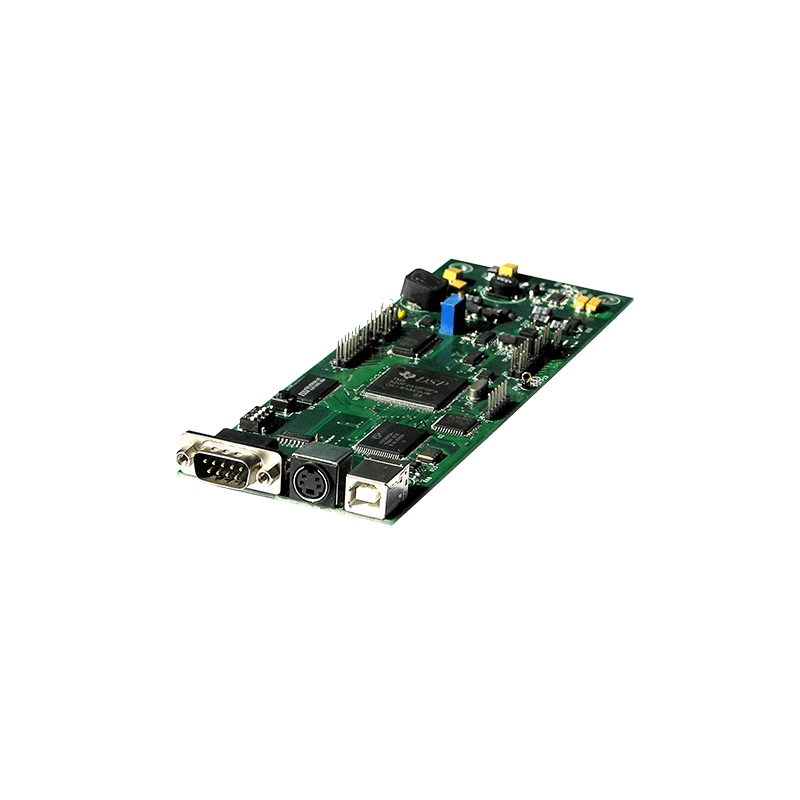Analysis of the Effect of High-Frequency High-Voltage Power Supplies in Laser Marking
In the field of laser processing, laser marking, with its non-contact and high-precision characteristics, is widely used in various industries such as electronics, automotive, and packaging. As a core component of laser marking equipment, the performance of high-frequency high-voltage power supplies directly determines the quality and efficiency of laser marking. In-depth analysis of the working principles and practical application effects of high-frequency high-voltage power supplies in laser marking can provide a theoretical basis for optimizing laser marking processes.
Laser marking uses the high energy density of lasers to engrave or mark on the surface of materials. The main function of a high-frequency high-voltage power supply is to provide stable excitation energy for the pump source in the laser generator. Compared with traditional power supplies, high-frequency high-voltage power supplies can generate rapidly changing high voltages through high-frequency oscillation circuits, enabling the laser generator to output laser pulses with higher peak power and narrower pulse widths. This characteristic is crucial for laser marking because high peak power can quickly vaporize the material surface in a very short time, forming clear marks, while narrow pulse widths help improve the energy concentration of the laser and reduce the heat-affected zone, thus enhancing marking accuracy.
Regarding marking quality, the stability of high-frequency high-voltage power supplies directly affects the consistency of laser output. The closed-loop feedback control technology it adopts can monitor real-time changes in output voltage and current and quickly adjust parameters to maintain stable output. This ensures that the energy of each laser pulse remains uniform during the laser marking process, avoiding uneven marking depths. In addition, the fast response capability of high-frequency high-voltage power supplies can quickly adjust the output at the start and stop of laser marking, preventing blurred mark edges caused by overshoot or insufficient energy, effectively enhancing the clarity and aesthetics of the marks.
High-frequency high-voltage power supplies also excel in terms of marking efficiency. Since they can generate high-frequency pulse sequences, they can output more laser pulses per unit time, accelerating the marking speed. For example, in metal nameplate marking operations, laser marking equipment driven by high-frequency high-voltage power supplies can complete the marking of complex patterns and texts in a short time, significantly improving production efficiency. Meanwhile, the high-frequency operation mode can also reduce the power supply's own losses, improve energy conversion efficiency, and reduce equipment operation costs.
However, high-frequency high-voltage power supplies also face some challenges in practical applications. The high-frequency working environment is prone to electromagnetic interference, and if not properly handled, it can affect the stability of the laser marking equipment and the normal operation of other electronic components. Additionally, high-frequency high-voltage power supplies have high requirements for heat dissipation, and continuous operation for long periods may lead to performance degradation due to excessive temperatures. Therefore, during the design and use process, effective electromagnetic shielding measures and heat dissipation solutions are required to ensure the stable operation of high-frequency high-voltage power supplies and the effectiveness of laser marking.
As laser marking technology evolves towards higher precision and higher speed, the performance of high-frequency high-voltage power supplies also needs continuous optimization. In the future, by introducing more advanced control algorithms and material technologies, high-frequency high-voltage power supplies are expected to further improve the quality and efficiency of laser marking while reducing costs and energy consumption, bringing broader development prospects to the laser marking industry.




















